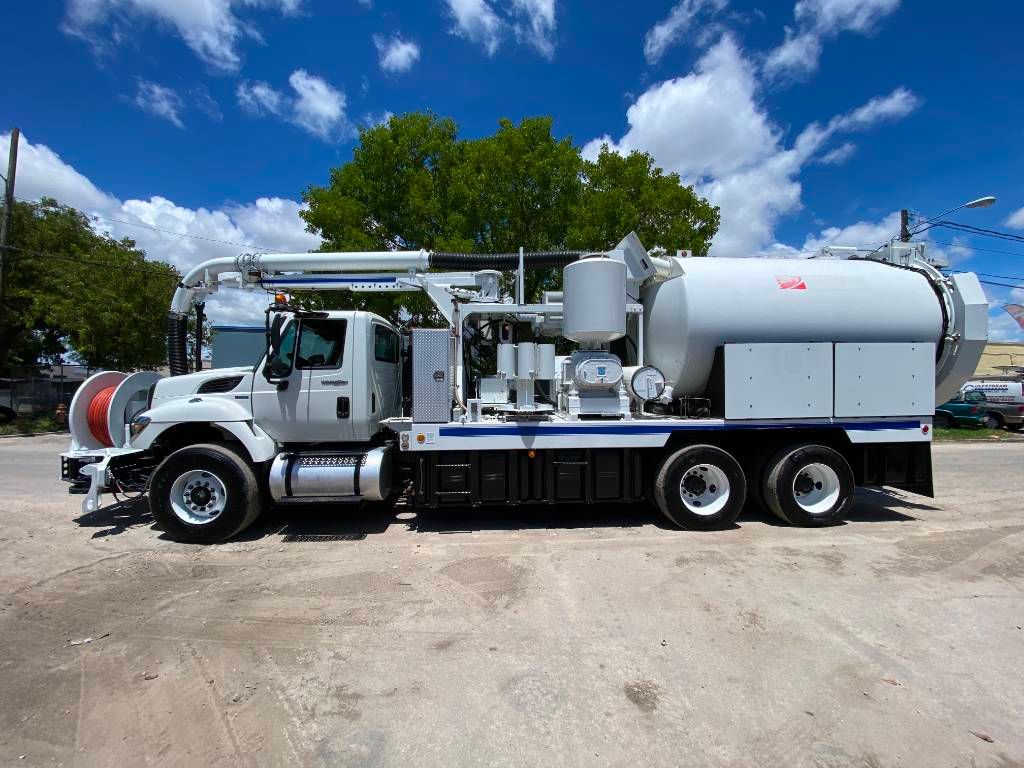Latest News
Blogs
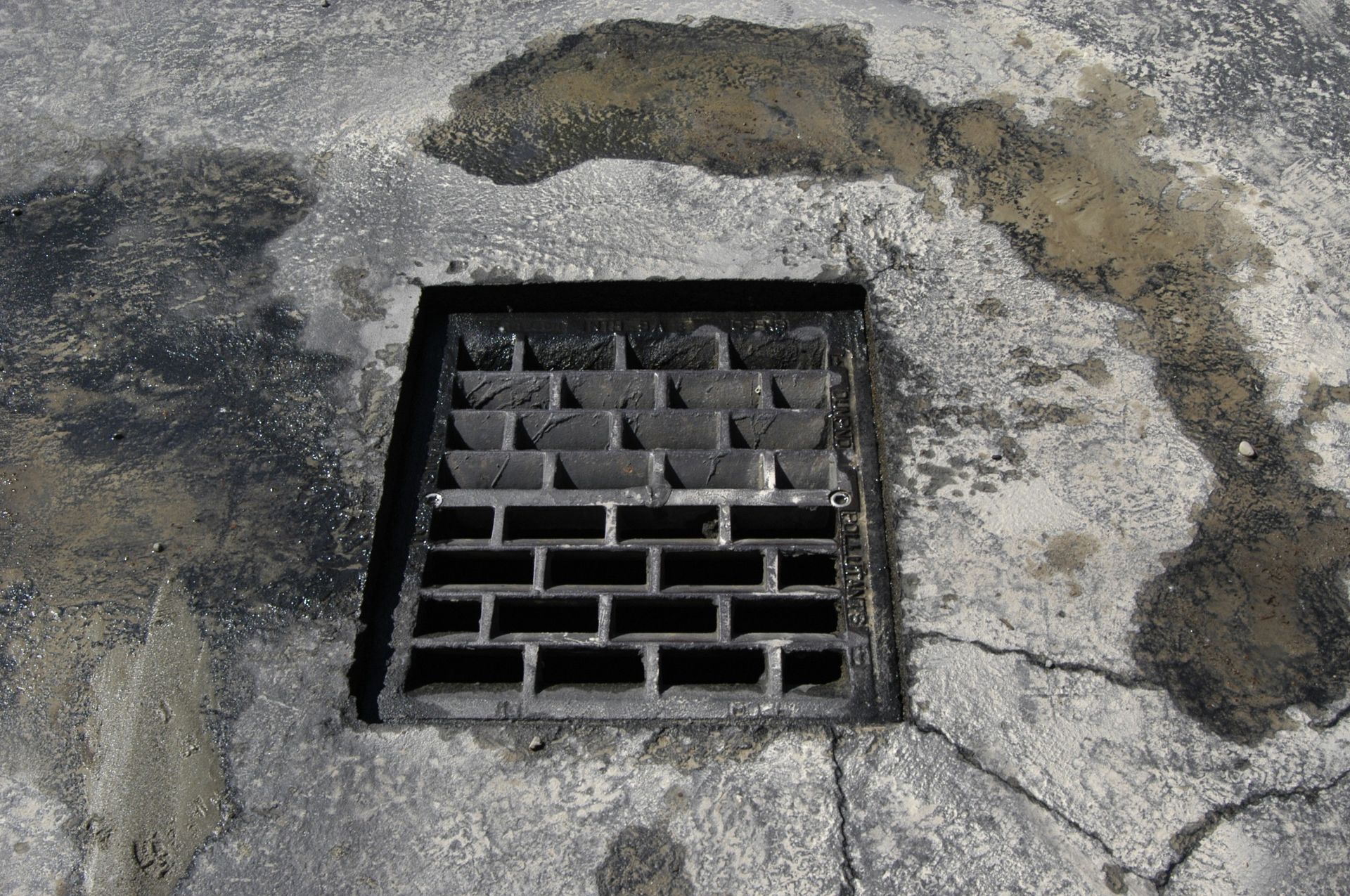
Every property owner, manager, and city planner must consider one crucial aspect of urban infrastructure—catch basins. Despite their inconspicuous presence, catch basins play a vital role in maintaining the health and functionality of our environments. But what exactly is a catch basin, and why is it so important to keep it clean? In this comprehensive guide, we'll explore the significance of catch basins, the reasons for their maintenance, and practical tips for ensuring they remain effective. Read on to discover how proper catch basin care can benefit you and your community. Understanding Catch Basins What is a Catch Basin? A catch basin is an underground structure designed to collect and divert stormwater runoff. Typically, you’ll find them situated at low points in parking lots, streets, and other paved surfaces where water tends to accumulate. They consist of a grate over an inlet that leads to a sump, which traps debris and sediment while allowing water to flow into the storm sewer system. The Role of Catch Basins in Urban Infrastructure Catch basins are essential components of stormwater management systems. They prevent flooding by capturing excess rainwater and directing it away from roads and properties. By intercepting debris and pollutants, they also help to protect the water quality in local rivers, lakes, and streams. Common Types of Catch Basins While the basic function of catch basins remains consistent, there are different types designed to meet specific needs. Some common types include curb inlets, grate inlets, and combination inlets. Each type serves a unique purpose, whether it's handling heavy traffic areas or providing additional filtration. Why Should a Catch Basin Be Cleaned Out? Preventing Flooding and Water Damage One of the primary reasons to clean catch basins is to prevent flooding. When catch basins become clogged with debris, they can't effectively capture and divert stormwater. This can lead to water pooling on roads and properties, causing significant damage, especially during heavy rain events. Protecting Water Quality Catch basins trap debris, sediment, and pollutants before they enter the storm sewer system. However, if they're not cleaned regularly, these contaminants can overflow and reach local water bodies. Regular maintenance ensures that catch basins continue to play their role in protecting water quality, thereby supporting the health of aquatic ecosystems. Extending the Lifespan of Stormwater Systems Regular cleaning of catch basins can extend the lifespan of the entire stormwater management system. By preventing clogs and blockages, you reduce the risk of damage to pipes and other infrastructure components. This proactive approach can save municipalities and property owners significant costs associated with repairs and replacements. Signs That a Catch Basin Needs Cleaning Visible Debris Accumulation If you notice leaves, trash, and other debris accumulating around the grate of a catch basin, it's a clear sign that it needs cleaning. This visible buildup indicates that the sump is likely full and unable to collect more debris. Slow Drainage or Standing Water Another sign that a catch basin requires attention is slow drainage or standing water near the inlet. This suggests that the basin is clogged and unable to efficiently channel water into the storm sewer system. Unpleasant Odors Foul smells emanating from a catch basin can indicate the presence of trapped organic material or pollutants. These odors are not only unpleasant but can also be a sign of potential health hazards. Steps for Cleaning a Catch Basin Safety Precautions Before starting the cleaning process, it's crucial to take safety precautions. Wear protective gear, including gloves, safety goggles, and a mask. Ensure the area is well-ventilated and free of traffic if the catch basin is located on a road or parking lot. Removing the Grate Begin by removing the grate covering the catch basin. Depending on the design, you may need specialized tools to lift and secure it safely. Be cautious of sharp edges and heavy components. Clearing Debris and Sediment Using a shovel or a vacuum truck, remove the accumulated debris and sediment from the sump. Ensure that all material is properly disposed of according to local regulations. Consider using a high-pressure water jet to clean the interior walls of the basin thoroughly. The Frequency of Catch Basin Maintenance Seasonal Considerations Catch basins should ideally be cleaned at least twice a year—once in the spring and once in the fall. Spring cleaning removes debris accumulated over the winter, while fall maintenance prepares the catch basin for heavy leaf fall and rains. High-Risk Areas Areas prone to heavy rainfall, flooding, or significant pedestrian and vehicle traffic may require more frequent maintenance. Regular inspections can help identify catch basins that need additional attention. Developing a Maintenance Schedule Establishing a maintenance schedule ensures that catch basins are cleaned consistently. Work with local authorities or property management teams to create a timetable that accommodates seasonal needs and high-risk areas. Dambro Environmental’s team will be more than happy to set you up on a maintenance schedule for the catch basins you are responsible for. Environmental and Economic Benefits Reducing Pollution Regular catch basin maintenance minimizes the amount of pollutants entering the stormwater system and, subsequently, local water bodies. This contributes to cleaner rivers, lakes, and oceans, benefiting wildlife and human communities alike. Cost Savings in the Long Run Investing in routine catch basin cleaning can save money by preventing costly repairs and infrastructure replacements. Addressing issues proactively reduces the likelihood of severe damage that requires extensive and expensive fixes. Enhancing Property Values Well-maintained infrastructure reflects positively on property values. Clean and functional catch basins contribute to a well-kept environment, making properties more attractive to potential buyers and tenants. Maintaining clean catch basins is not just about preventing floods; it's about preserving water quality, extending infrastructure lifespan, and enhancing community well-being. By understanding the importance of routine catch basin cleaning and implementing effective maintenance strategies, we can ensure a safer and healthier environment for everyone. Ready to take the next step in catch basin maintenance? Call Dambro Environmental today! Together, we can make a significant impact on our communities and the environment. Dambro Environmental Inc 905-838-1169 - Emergencies and Maintenance
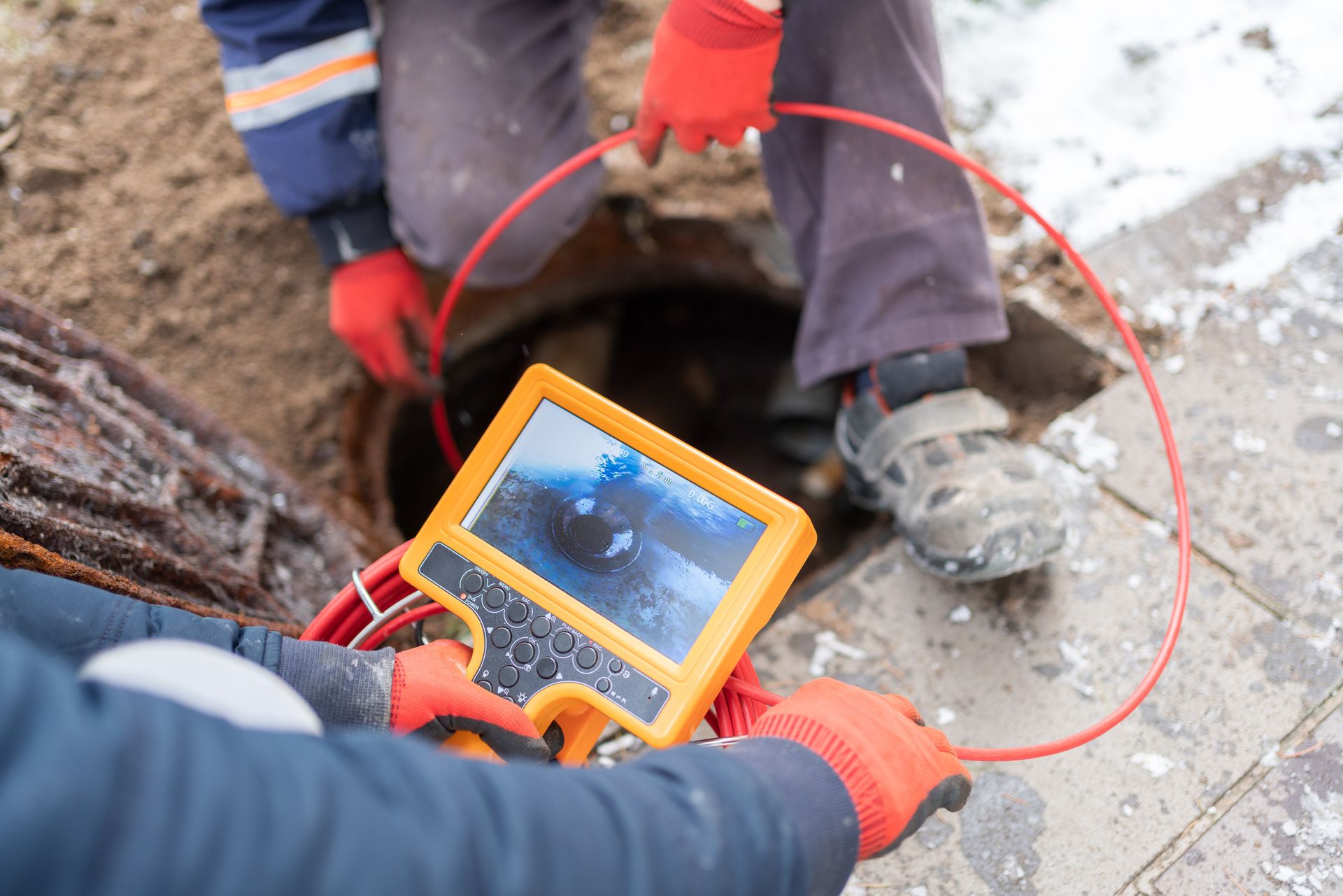
Ever wonder what’s lurking beneath your feet in the complex network of sewer lines? The answer lies in the sophisticated world of CCTV sewer camera inspections. This advanced technology offers a glimpse into the hidden world of our plumbing systems, identifying problems that would otherwise remain unseen. If you're a homeowner, a business owner, or simply someone intrigued by modern technology, this blog post will unravel the mysteries of how CCTV sewer camera inspections work and why they are crucial.
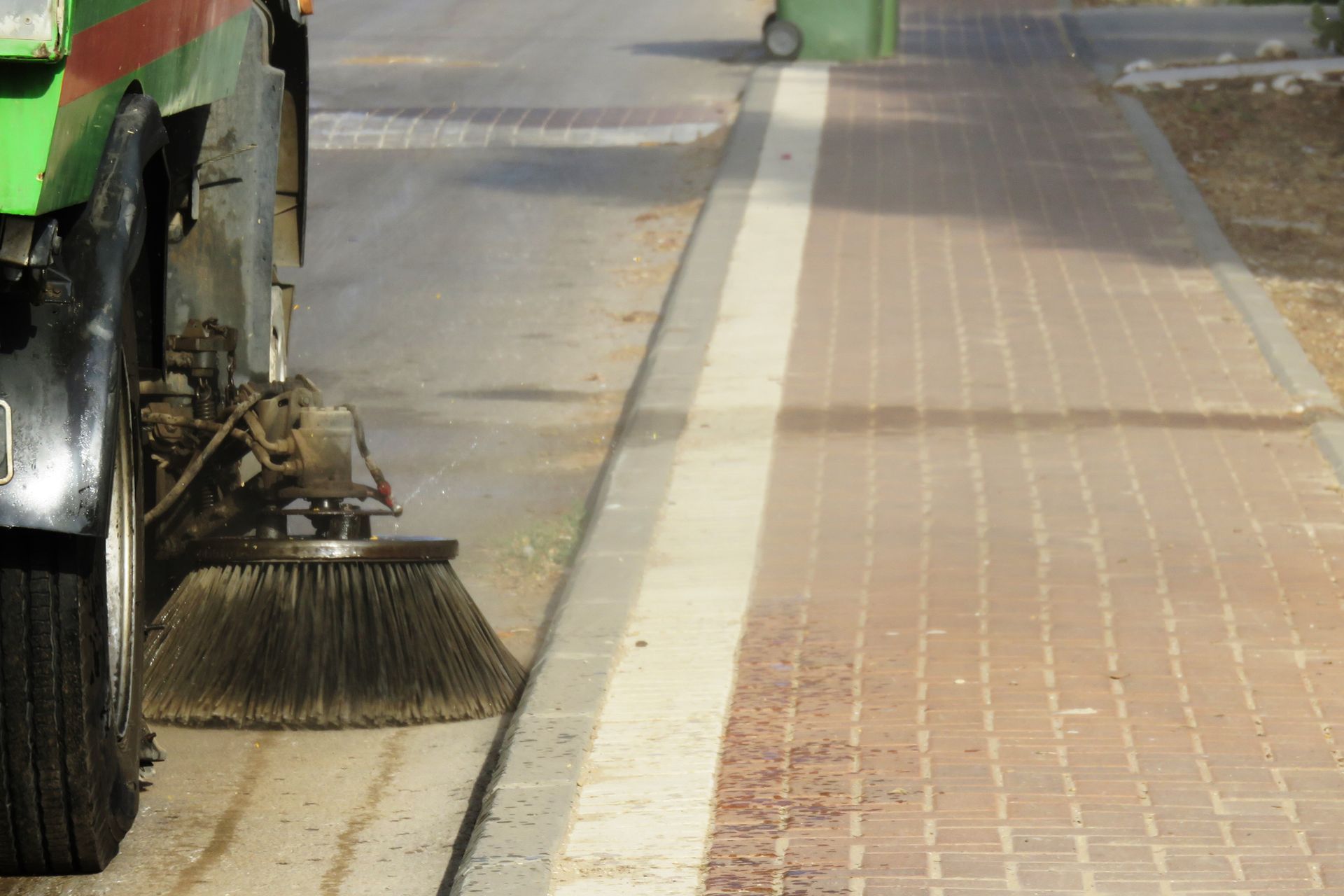
Street sweeping is an essential service that helps maintain the cleanliness and safety of our communities. But when is it really necessary? This blog post provides an in-depth look at the circumstances that call for street sweeping, its benefits, and how it can improve our urban environment. If you’re a city planner, a concerned citizen, or just curious about urban maintenance, read on to find out why street sweeping is indispensable.

Ever wondered how professionals inspect complicated sewer systems without causing major disruptions? The answer lies in the advanced technology of CCTV sewer inspection. This method is efficient, precise, and minimally invasive, making it a preferred choice for plumbers and municipal authorities alike. What is CCTV Sewer Inspection? CCTV (Closed Circuit Television) sewer inspection involves using a high-tech camera system to visually inspect the interior of sewer lines and pipes. It provides real-time video footage, enabling experts to identify issues such as clogs, cracks, and other forms of damage. Benefits of CCTV Sewer Inspection Before we dive into the process, let's take a quick look at why this technique is advantageous: Accurate Diagnosis: The high-resolution cameras provide clear images, helping to pinpoint exact locations and types of issues. Non-Invasive: Unlike traditional methods, CCTV inspections do not require digging up large sections of land, reducing disruption and cost. Time-Efficient: Real-time footage allows for quicker diagnosis and faster decision-making. Comprehensive Reports: Digital recordings offer a detailed visual record that can be reviewed multiple times. Step-by-Step Guide to CCTV Sewer Inspection Here's a breakdown of how a typical CCTV sewer inspection is conducted: Step 1: Preparation Before the inspection begins, the area around the sewer entry points is cleared. Technicians may also remove any large obstructions from the sewer line to ensure a smooth inspection. Step 2: Insertion of the Camera A specially designed waterproof camera is mounted on a flexible rod or robotic crawler. This camera is then inserted into the sewer line via an access point, usually a manhole or a cleanout. Step 3: Live Video Feed The camera transmits a live video feed to a monitor above ground. Technicians watch this footage in real-time to identify any issues within the sewer line. The camera can tilt, pan, and zoom to get a better look at specific areas. Step 4: Recording and Analysis The footage is recorded for further analysis. Technicians can pause, rewind, and zoom in on the video to get a detailed view of any issues. Software tools may be used to generate reports based on the visual data captured. Step 5: Identifying Issues The live feed and recorded footage help technicians identify: Blockages and clogs Cracks and fractures Corroded or deteriorated pipes Ingress of tree roots Misaligned pipe sections Step 6: Reporting Once the inspection is complete, a comprehensive report is generated. This report includes detailed findings, video footage, and suggestions for repairs or maintenance. Property owners and maintenance teams can use this report to make informed decisions. Step 7: Follow-Up Actions Based on the findings, technicians recommend follow-up actions. These could range from simple cleaning to more complex repairs like pipe relining or replacements. CCTV sewer inspection is a revolutionary method that makes it easier to diagnose and address sewer line issues efficiently and accurately. Whether you're a homeowner dealing with persistent drain problems or a municipal authority ensuring the smooth functioning of your city's sewer system, this technology offers invaluable benefits. The pros at Dambro Environmental in Hamilton can do a CCTV sewer inspection for your home or business. Interested in getting a CCTV sewer inspection for your property? Contact Dambro Environmental today to schedule an appointment to ensure your sewer lines are in top condition. Call 905-838-1169!

Water trucks and road flushers play a critical role in construction, mining, and municipal services, providing a mobile solution for water delivery for dust control, irrigation, fire suppression, and road cleaning. These specialized vehicles are equipped with large tanks capable of holding thousands of gallons of water, which is then distributed through a series of controlled sprays and nozzles. Road flushers, in particular, are designed to efficiently clean streets, remove debris, and reduce airborne dust particles, thereby improving air quality and road safety. The versatility of these vehicles makes them indispensable in various industries, showcasing their ability to adapt to different tasks by adjusting water pressure and spray patterns according to specific requirements. In addition to their primary functions, water trucks and road flushers also contribute significantly to environmental conservation efforts. By suppressing dust in construction and mining sites, they prevent pollutants from entering the air and water streams, thus protecting local ecosystems. Furthermore, during periods of drought or water scarcity, these vehicles can transport water to areas in need, supporting both human populations and wildlife. They are also vital in fire suppression activities, providing a quick response to control and extinguish fires by delivering large volumes of water to the affected areas. The adaptability and efficiency of water trucks and road flushers underline their essential role in maintaining public health, safety, and environmental integrity. Deciding when to call for a water truck service hinges on the requirements of your specific project or situation. If you’re no sure, give the folks at Dambro Environmental Services a call. Typically, if your construction, mining, or landscaping project is generating significant amounts of dust that could pose health risks, impair visibility, or harm the environment, it's time to consider a water truck for dust suppression. Likewise, in urban and municipal settings, road flushers are essential for maintaining cleanliness and safety, especially after storms or events that leave debris scattered across roads and public spaces. Additionally, during dry spells or in areas prone to wildfires, having a water truck on standby for irrigation or fire suppression can be a proactive measure against potential hazards. In the event of a water mains break or when access to water is restricted due to repairs or infrastructure upgrades, water trucks serve as a critical resource for delivering potable water to affected communities. Ultimately, assessing the scale of your needs and the potential impact on health, safety, and the environment will guide your decision on when to engage these specialized services. Operating water trucks and road flushers often requires special training and certification due to the complexity and safety considerations involved. The drivers at Dambro possess a comprehensive understanding of the vehicles’ mechanisms, including water tank operation, pressure systems, and spray nozzle adjustment. Additionally, they must be adept at maneuvering these large vehicles in various environments, from densely populated urban areas to rugged construction sites. Safety training is paramount to prevent accidents and ensure the wellbeing of the operators and the general public. This training also covers environmental protection measures, teaching operators how to minimize water wastage and avoid contaminating local ecosystems. In some jurisdictions, obtaining a commercial driver’s license (CDL) with specific endorsements is mandatory for water truck and road flusher operators, highlighting the specialized nature of their roles. For flushing services in Ontario reach out to Dambro Environmental Services at 905-838-1169!
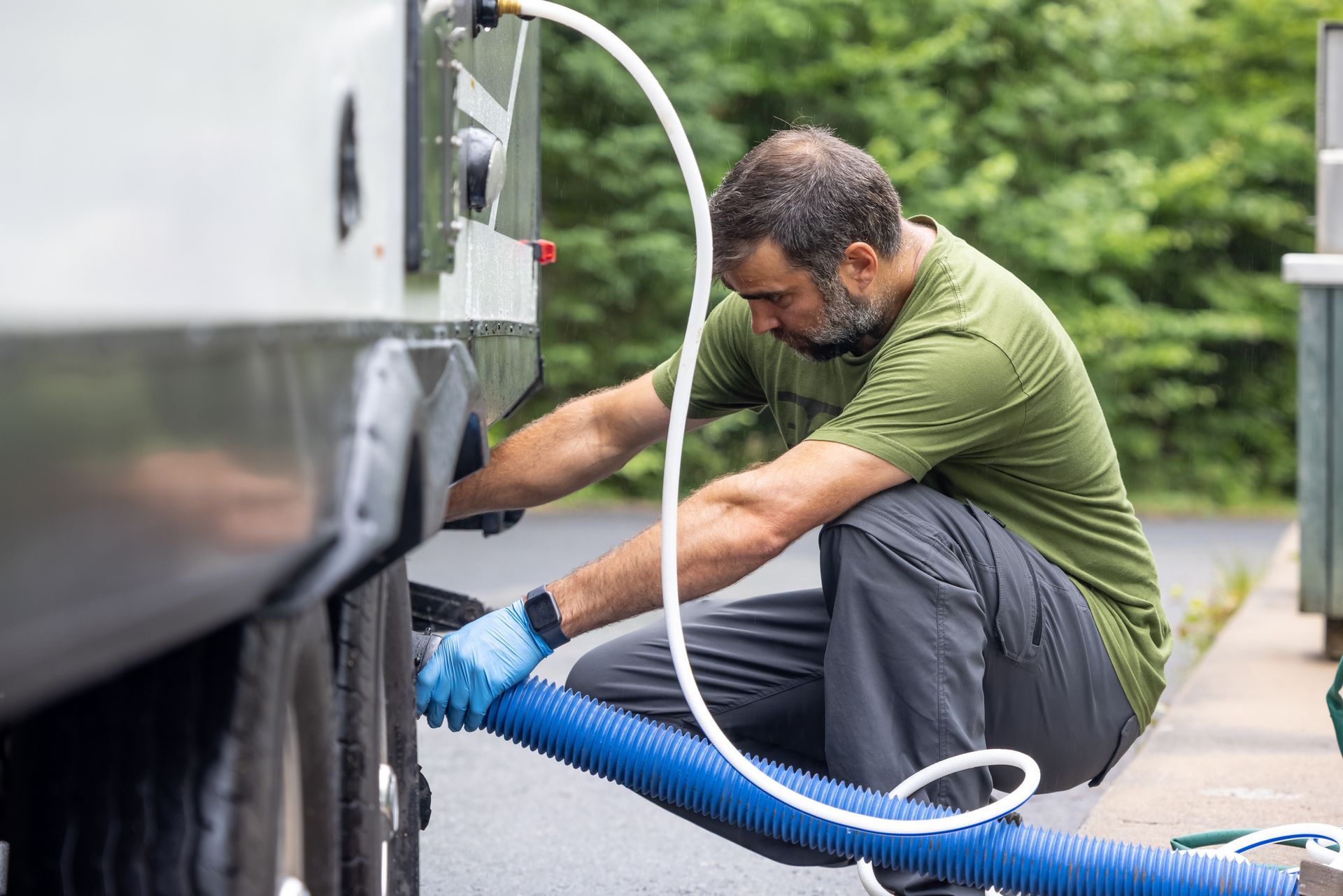
Sewer flushing is an essential maintenance procedure carried out to ensure the efficient functioning of sewer systems. It involves the use of high-pressure water to clean and clear out debris, blockages, and buildup within the sewer pipes. This process not only helps in preventing potential blockages that can lead to sewage backups and overflows but also aids in maintaining optimal sewer operation and extending the lifespan of the sewer infrastructure. Through regular sewer flushing, municipalities can ensure the sanitary condition of urban drainage systems, protecting public health and the environment. Despite its clear benefits, sewer flushing is a process that must be conducted with care and precision. Professionals handling the task use specialized equipment designed to apply just the right amount of pressure. Too little pressure won't effectively clean the pipes, while too much can damage them, leading to costly repairs. Additionally, the process requires a strategic approach to manage the flow of wastewater, ensuring that it doesn't overwhelm treatment plants or contaminate local waterways. The careful coordination of these efforts safeguards the sewer system's functionality and promotes the overall health of the community's water treatment processes. Dambro Environmental are experts in the sewer flushing process. The discharge resulting from flushing activities must be managed adhering to environmental regulations to prevent harm to ecosystems. For instance, flushed out waste and debris are often directed towards treatment facilities where they undergo proper processing before being released back into the environment. This ensures that harmful pollutants do not enter natural water bodies, thereby safeguarding aquatic life and maintaining water quality. Furthermore, advancements in technology have led to the development of Eco-friendly sewer flushing methods that reduce water usage and minimize the ecological footprint. Through such conscientious practices, municipalities can conduct necessary maintenance while concurrently respecting and protecting the environment. Public awareness and community engagement play pivotal roles in enhancing the efficacy of sewer maintenance programs, including sewer flushing. Educating the public about the importance of proper waste disposal and the hazards of introducing non-biodegradable materials into the sewer system can significantly reduce the occurrence of blockages. Municipalities often undertake outreach programs to inform residents about how their actions can impact sewer functionality and environmental health. By encouraging community involvement, local governments can foster a collective effort towards maintaining a robust and efficient sewer system, ultimately leading to a reduction in maintenance costs and an improvement in environmental sustainability. Additionally, such educational initiatives empower citizens with the knowledge to contribute positively to their community's well-being, creating a sense of shared responsibility for the preservation of public health and environmental integrity. For sewer flushing, catch basin cleaning, road sweeping and flushing services in Ontario reach out to Dambro Environmental Services at 905-838-1169.

Hydro excavating, also known as hydrovac, is a non-destructive digging method that uses pressurized water to break up soil, which is then removed by a powerful vacuum into a debris tank. This technique allows for precise excavation with minimal risk to underground utilities, making it the preferred choice for utility location, slot trenching, and other applications where traditional excavation methods could cause damage or pose safety risks. The primary purpose of hydro excavating is to safely expose underground infrastructure for repairs, installations, or maintenance without causing harm to existing utilities like water pipes, gas lines, or fiber optic cables. This method is particularly beneficial for urban areas densely packed with subterranean systems, where conventional digging could be hazardous and disruptive. Hydrovac services are increasingly crucial in environmental conservation efforts as well, as they limit the disturbance to surrounding soil and ecosystems. Hydro excavating requires specialized equipment designed to carry out the process effectively and safely. The central piece of equipment is the hydrovac truck, which houses a high-pressure water pump, a vacuum system, a debris tank, and often a heating system to thaw frozen ground. Additionally, a variety of nozzles can be attached to the water pump to suit different soil conditions and types of excavation. The use of hydro excavating equipment is operated by trained professionals who can skillfully control the pressure and flow of water, ensuring precision and safety during the excavation process. This equipment's innovative combination enables workers to navigate around underground utilities with minimal risk of damage and with optimal accuracy. Hydro excavating is considered environmentally friendly for a variety of reasons. It significantly reduces the risk of damaging the surrounding landscape and vegetation because it targets only the specific area that needs to be excavated. This precision minimizes the disruption to the soil and consequently to the habitat of local wildlife. Furthermore, as hydro excavating is a non-mechanical, non-destructive process, it prevents the release of contaminants that traditional digging equipment might introduce into the soil. These features not only safeguard existing ecosystems but also help in reducing the carbon footprint associated with construction and excavation. Hence, hydro excavating is often seen as an Eco-conscious alternative to traditional excavation methods. Hydro excavating is particularly necessary in scenarios where precision is critical to avoid damage to subsurface utilities or in conditions where traditional excavation methods pose a significant risk. It is often employed for utility line exposure, installation of underground pipes and cables, and in congested areas with a complex network of underground services. Additionally, hydro excavating proves vital during harsh winter conditions when the ground is frozen, as the heated water can thaw the soil for easier removal. It's also essential in environmentally sensitive areas where the traditional excavation impact must be minimized to protect the landscape and local ecosystems. If you have a project that will need the specialized service of Hydro Excavating, know that Dambro Environmental Inc has the know-how and equipment to take care of this task for you. They are a phone call away at 905-838-1169!



